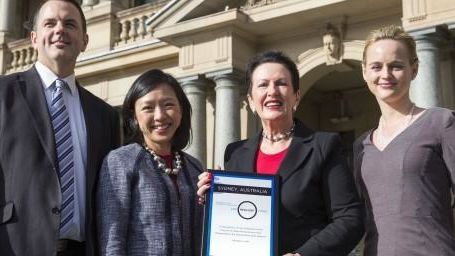
For a handful of aviators at Exercise Diamond Storm 22, the delicate practice of air-to-air refuelling at 21,000 feet is one of the more familiar moments of their day.
After they refill their tanks from a KC-30A, the crews then head into the most challenging mission of their career.
Exercise Diamond Storm 22 will run in the Northern Territory from May 30 until June 24, and marks the culminating point of Air Warfare Instructor Course (AWIC).
Group Captain Matt Harper, the exercise director for Diamond Storm, said AWIC is the most high intensity training course the students will participate in during their tactical careers.
“AWIC takes some of our most talented aviators from across Air Force through a six-month training program,” Group Captain Harper said.
“The purpose of the course is to create platform and capability experts, key integrators of air combat effects for the joint force, and most importantly, instructors for their communities.
“By the time the students get to Diamond Storm, they are already performing well, and the purpose of Diamond Storm is to bring it all together and take everyone to the next level.”
While our focus is on the students, the instructors are learning as well.
“The whole force gets benefit from the training and at the conclusion of the exercise, the instructors get to award the students their Air Warfare Instructor patches’,” Group Captain Harper said.
This year is the first time students from the F-35A Lightning II and P-8A Poseidon communities have participated in AWIC, along with Combat Control Instructors from No. 4 Squadron.
Exercise Diamond Storm 22 is all about teaching the students how to integrate and layer air combat effects across the joint force to solve offensive counter air problems – taking the fight to the adversary.
Missions require coordination across five warfare domains – air, land, maritime, space and cyber – so that candidates can overcome threats, hit their targets, and return home safely.
The Northern Territory airspace allowed “an incredibly immersive training environment where we can create challenging tactical problems for the students to solve, without too many geographic constraints”, Group Captain Harper said.
Mission planning could take up to 10 hours, and staff and students alike worked hard during each mission.
“The enemy gets a vote on how the fight progresses,” Group Captain Harper said.
“The students need to evaluate their game plan continuously, leading their formations and teams during execution as the threat environment around them evolves and develops.”
He said the real learning began at the end of each mission, when students needed to evaluate their success and reasons for not succeeding.
“With each mission, the students are learning, and they work together as a team to get after the problem.”
“We don’t just graduate instructors – we graduate a cadre of leaders for the joint force who understand how to integrate air combat effects to solve almost any tactical problem in the air domain.”







